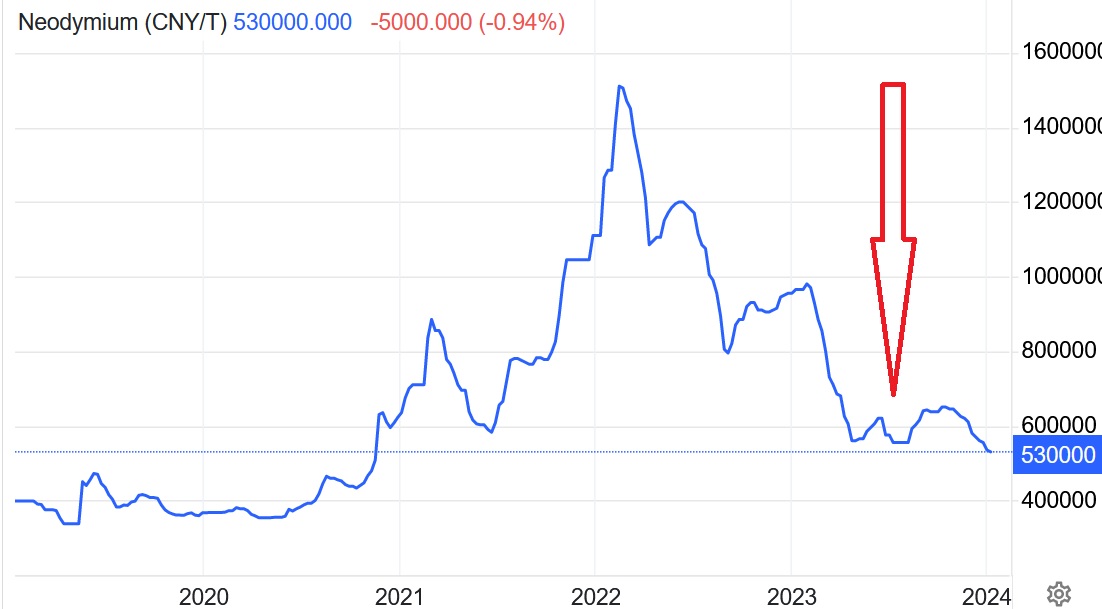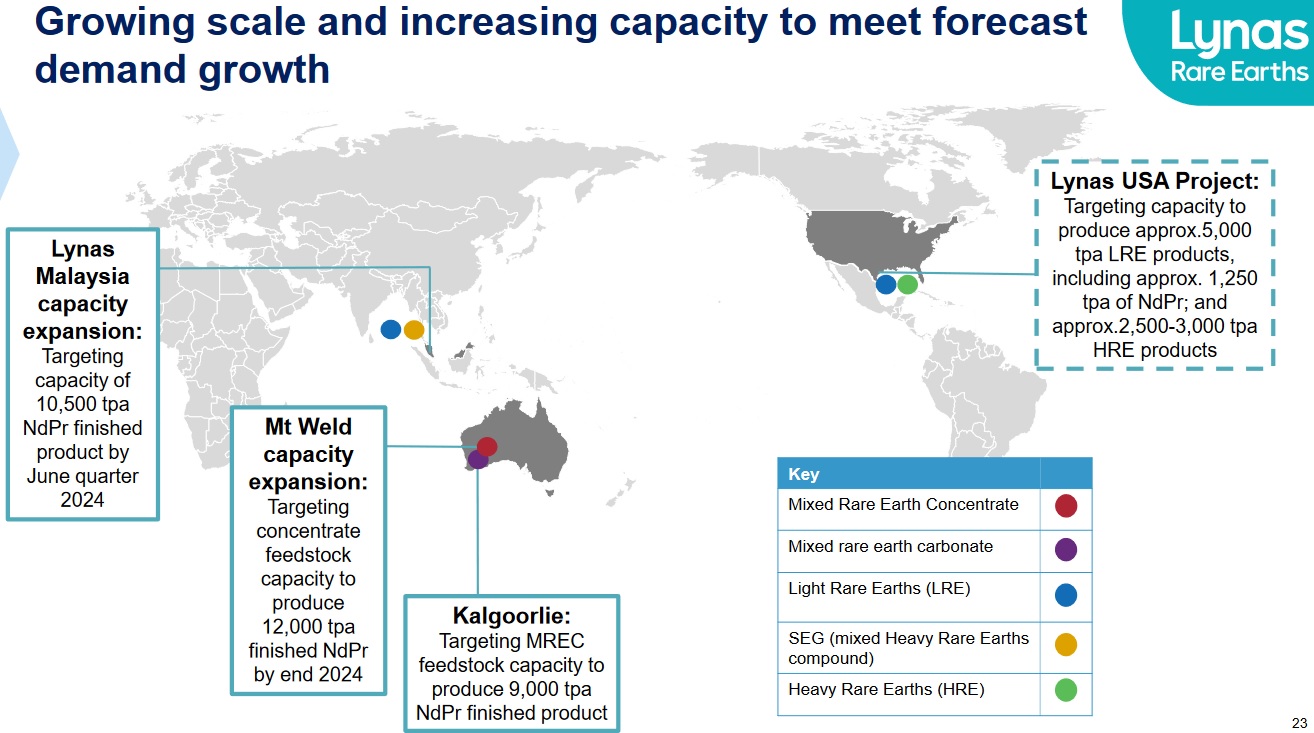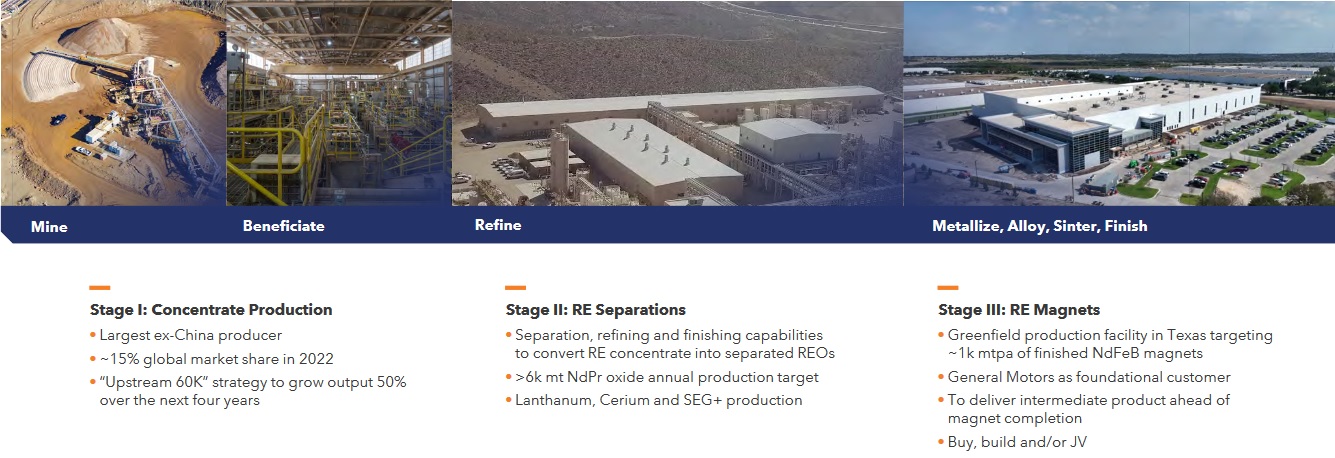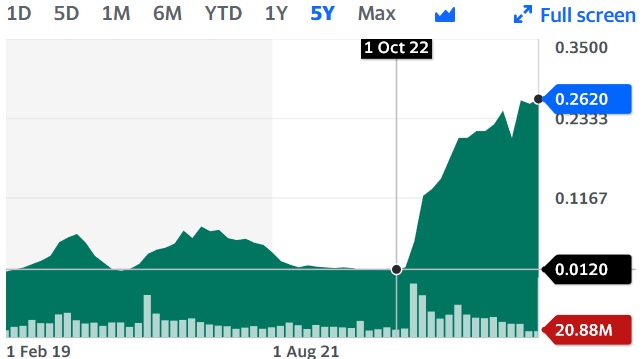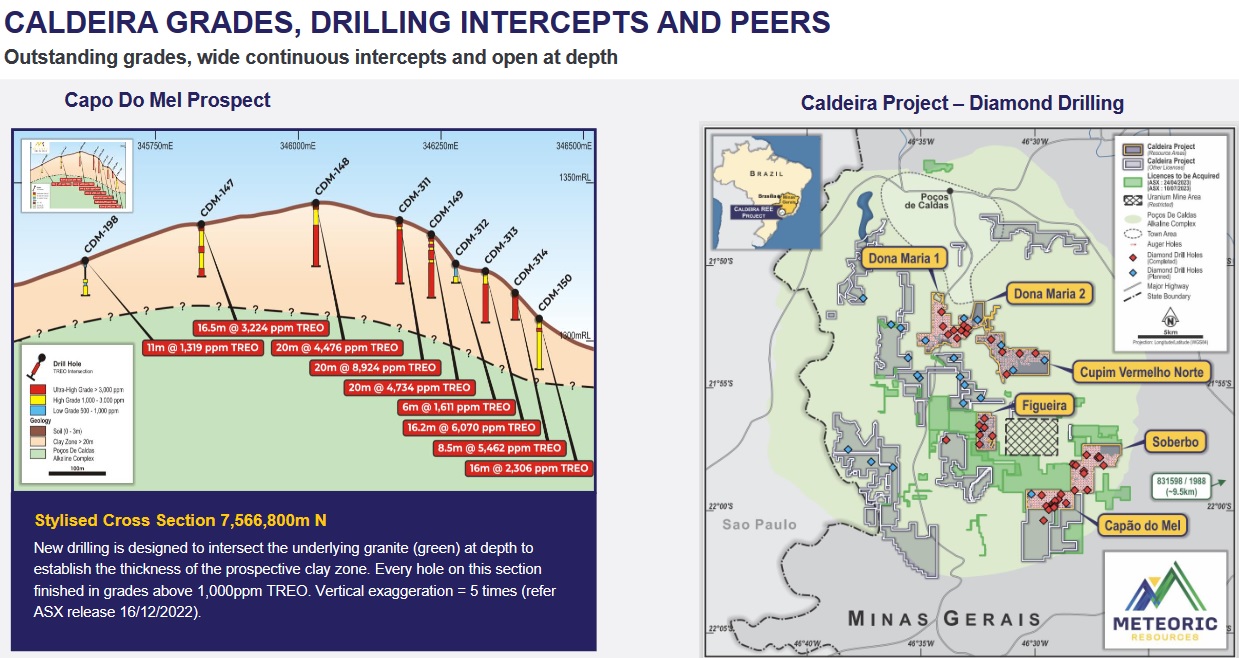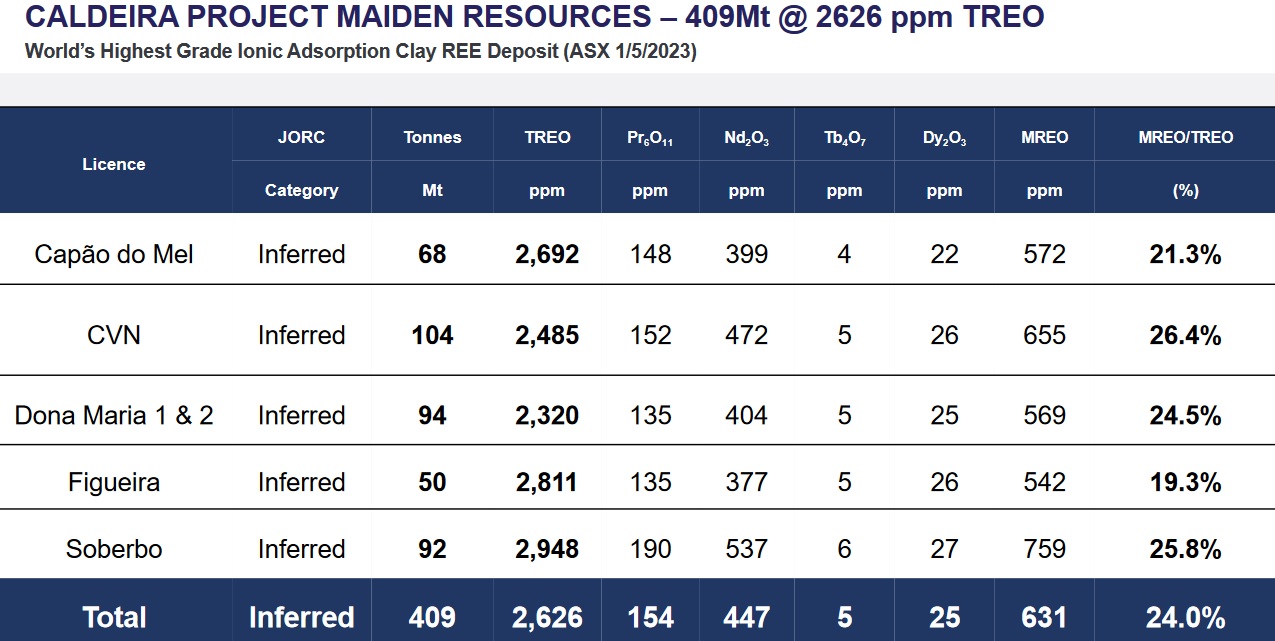Disruptive Shift to Rare Earth Processing as Aclara Moves into American Market
In an update on the disruptive industry news that broke this morning, Jack Lifton, Co-chair of the Critical Minerals Institute (CMI), offered a detailed analysis of Aclara Resources Inc.‘s (TSX: ARA) strategic move into the U.S. rare earths processing market. Aclara, backed by the Hochschild Mining Group, has set its sights on exploiting ionic clay deposits from Chile and Brazil to secure heavy rare earth elements (HREEs) like Dysprosium and Terbium, pivotal for high-performance magnet manufacturing. This venture is marked by partnerships with the Saskatchewan Research Council and Hatch Ltd. for the development and engineering of a processing facility. However, Lifton expressed reservations about the ambitious timeline, stating, “The actual announcement says they’ve engaged with the Saskatchewan Research Council to develop a separation technology operation and with Hatch, of Toronto, to actually engineer whatever the plan that comes out of the Saskatchewan Research Council is into hardware, into an actual separation plant.”
Lifton’s insights illuminate the intricate challenges Aclara faces in pioneering rare earth separation technologies in North America, a domain where success has been limited. He juxtaposes Aclara’s emerging efforts against established industry players like Energy Fuels Inc. (NYSE American: UUUU | TSX: EFR), which has already made significant progress in light rare earth (LREE) separation and is now venturing into HREEs and alloys. This nuanced perspective raises doubts about Aclara’s capability to swiftly navigate the complex technological and operational hurdles inherent in rare earth processing.
The interview further delves into the competitive dynamics of the rare earth market, highlighting Aclara’s entry into a space occupied by Energy Fuels, and buildouts already in play from MP Materials (NYSE: MP) and Ucore Rare Metals Inc. (TSXV: UCU | OTCQX: UURAF). Each company has its unique approach and strategic plans, indicating a fiercely competitive environment. Lifton’s critique underscores a broader theme of Aclara’s need for deeper industry integration and strategic partnerships, and suggested that this was perhaps a missed opportunity in which they should have engaged with Ucore.
Lifton’s comprehensive analysis provides a crucial viewpoint on Aclara’s bold yet fraught journey into the rare earths processing industry. While Aclara’s plans signify a positive stride towards diversifying the global rare earths supply chain and enhancing geopolitical supply chain independence, Lifton underscores the formidable challenges ahead. This initiative marks a significant moment in the rare earth industry, setting the stage for Aclara’s ambitious endeavor to navigate the technological, logistical, and competitive hurdles that lie in its path.
